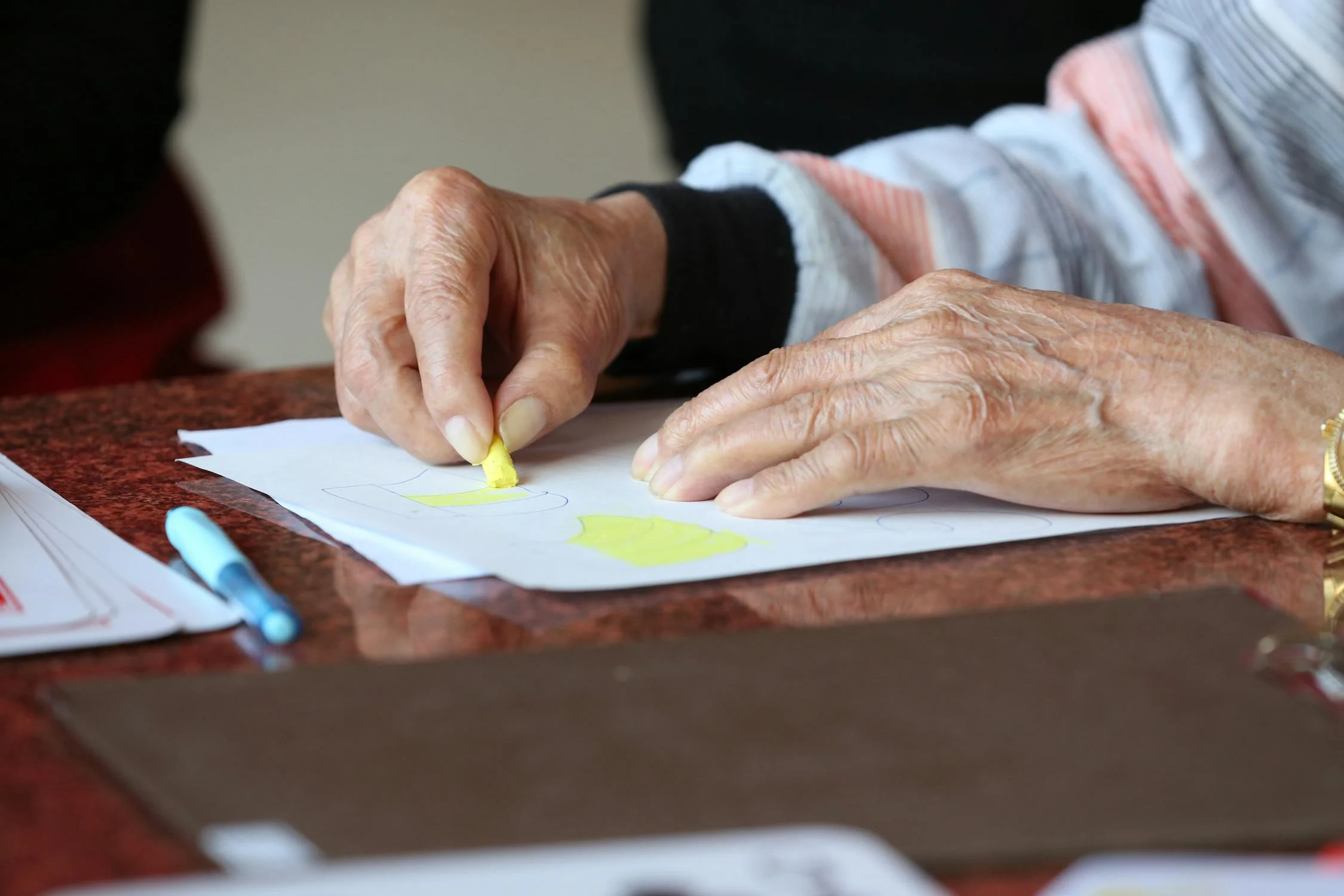-Surya Pillai
PRP, or plasma-rich protein treatment, has gained popularity in the cosmetology and aesthetics fields due to its extensive use in treating alopecia and reducing wrinkles. Nonetheless, PRP has proven to be beneficial for individuals with acute osteoarthritis. In addition, PRP has been recommended by physicians as the only treatment that, if initiated early enough, can prevent the need for knee replacement surgery.
Osteoarthritis is characterized by the breakdown of cartilage, leading to pain, stiffness, and reduced mobility. Traditional treatments consist of physical therapy, painkillers, and, in extreme situations, surgery. However, overdoing medications can seriously harm our internal organs, and there are risks associated with surgery. PRP overcomes all of these obstacles with its quick results and minimally invasive technique.
PRP’s main benefit is that the patient’s blood is used in the procedure. Hence the risk of infection or adverse reaction is minimal. The procedure begins with the collection of blood from the body. This blood is placed in a centrifuge and spun at high speeds to concentrate the platelets. This platelet-rich plasma, which is essential for tissue repair, is precisely injected into the knee joint.
PRP is believed to function through stimulating the fixing of injured cartilage, lessening inflammation, and moderating the immune response. The growth factors found in PRP can promote tissue repair, which may slow the progression of osteoarthritis. Patients receive a series of injections over a few weeks or months, depending on how well they respond to treatment or how their condition is. As with any medical procedure, there are potential risks, though, such as injection site pain, transient swelling, or stiffness.
Several researches have indicated positive outcomes when using PRP for managing knee osteoarthritis. After receiving PRP therapy, patients typically report reduced pain and an enhanced quality of life. According to numerous studies, patients who received PRP injections as opposed to placebo and hyaluronic acid injections reported significantly less pain and better function. However, it should be noted that results may vary from individual to individual.
Notwithstanding the fact that PRP treatment has certain benefits, a lot of experts label it as experimental. Anyone thinking of undergoing PRP should seek a doctor’s advice to establish whether it is right for them. PRP therapy presents a new paradigm in the treatment of knee osteoarthritis given that it uses the body’s inherent healing mechanisms. The current research indicates that PRP can be beneficial for many patients, giving hope to those who are searching for alternatives to traditional treatment; however, more studies are required to validate these findings.
